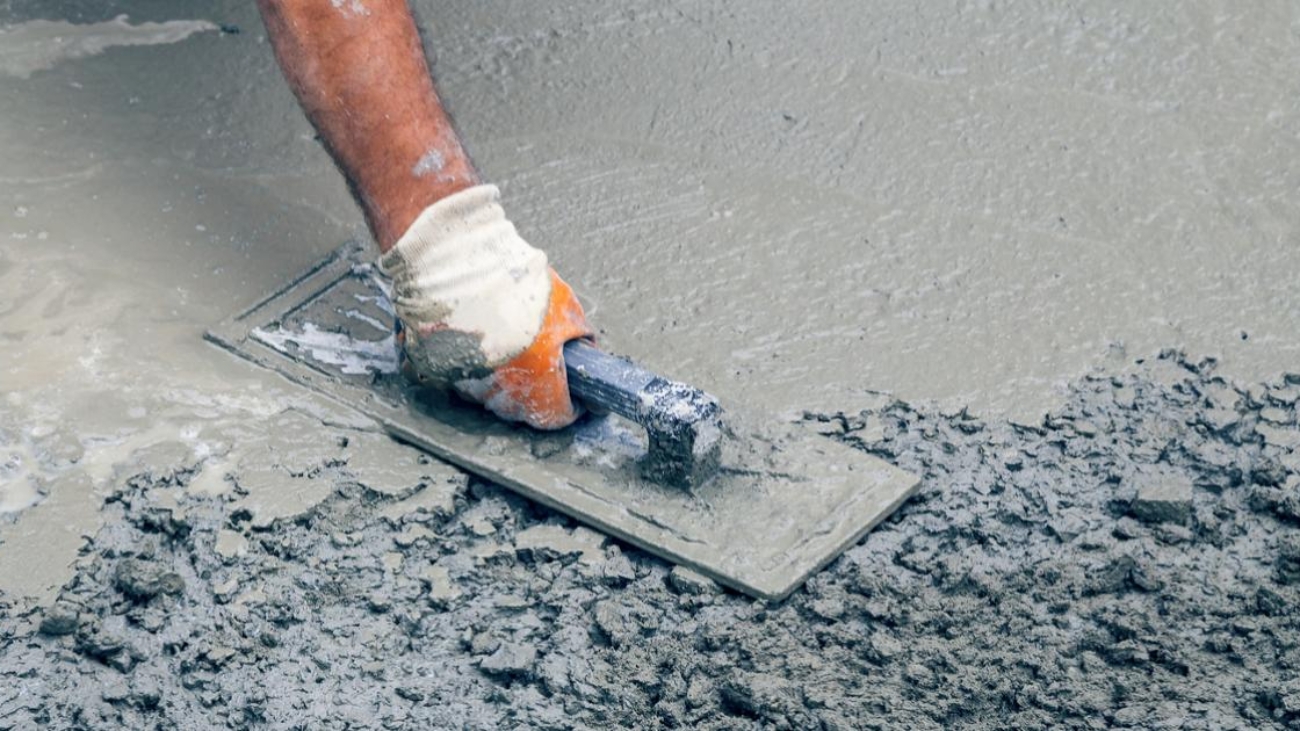Landscape borders can protect grass and walkways from mulch washing away into them and keep weeds out of flower beds, while adding an attractive touch to gardens or planter areas.
Walkways
A well-constructed walkway allows you and your guests to move around your landscaping with greater ease without trampling plants, while simultaneously reducing soil compaction and creating more natural movement between lawn, garden and landscape beds.
Paths and walkways offer direction in your garden, define functional zones in yard landscaping, and enhance curb appeal of properties. There are various methods available for creating them from simple gravel paths or dirt pathways to pavers and patterned concrete structures.
Pavers offer homeowners an economical solution for creating visually appealing walkways with minimal upkeep requirements. Their versatility includes staining or dying them to match any home exterior aesthetic, while reclaimed brick offers vintage charm for walkways. Another viable option is stamped concrete which can be customized to look like stone, tile or other materials.
Patios
Concrete patios are an excellent way to create an inviting outdoor gathering space, offering endless design possibilities with integral colors and stains as well as custom shapes tailored specifically for any backyard space.
Concrete patios provide an easy alternative to wooden patios which require constant sealing and wood rot maintenance, with less costly costs compared to paving stones or brick and easier installation than traditional wood decks.
An addition of a backyard patio can significantly boost your home’s value while simultaneously improving its function. A beautiful and low maintenance garden will be an attraction to potential buyers; plus you will be able to take pleasure in it for many years ahead!
Concrete house slabs Melbourne provides design versatility, from walkways and patios to outdoor kitchens and fire pits. Furthermore, its durability, low maintenance requirements and curb appeal benefits make it the ideal material to make landscape edging for homes or businesses alike.
Driveways
An exquisite new concrete driveway can add the perfect finishing touch to your dream landscape design. Crisply defined edges, varied textures and unique designs will set your property apart while providing a seamless aesthetic.
Popular materials for driveways range from affordable gravel driveways to more elaborate options like paver bricks or concrete poured at high rates of speed. Resin-bound paving comes in different colors and mixes that mimic different stones such as slate.
Permeable pavers allow water to pass through freely, eliminating the need for irrigation and reducing runoff. Common materials used for driveways include clay pots, natural stone and textured pavers; additionally, stone cobbles add characterful driveways as they blend in beautifully with lawns made up of water-conserving grass species such as buffalo grass, bluegrass or decomposed granite.
Culverts
Culverts are an indispensable feature on highways and railroads, helping control water flow across or under roadways and protecting the environment by channeling it away from roadways or railway tracks into areas that can handle it more effectively. Culverts also play an essential role in protecting road or railway failure by diverting it towards areas more capable of handling it than others.
Concrete culverts are highly resilient structures designed to withstand heavy traffic loads. However, it is essential that culverts be designed and maintained appropriately as undersized culverts may experience sudden failure during medium-sized rainfall events and cause catastrophic soil erosion.
Box culverts are constructed at the project site using forms to outline its dimensions and shape, which requires more engineering work than precast structures. Sizing must also be taken into consideration as part of this analysis process.
Water Features
Concrete may not seem like the obvious choice for landscape materials, but it works beautifully across a range of styles. When designed, colored, and poured on site rather than precast – concrete can fit seamlessly into nearly every style of landscaping design.
Even if you prefer a more modern aesthetic, concrete can work as an accent in any garden or yard with modern pavers and retaining walls. Furthermore, concrete cinder blocks offer another excellent modern retaining wall solution as they can be faced and topped in various ways to complete this look.
Concrete edging adds a finished touch to lawns, flowerbeds and footpaths while framing trees and shrubs. Not only is it durable and resist damage from lawnmowers; you can also shape, stamp or color it to fit with the style of your landscape design.

